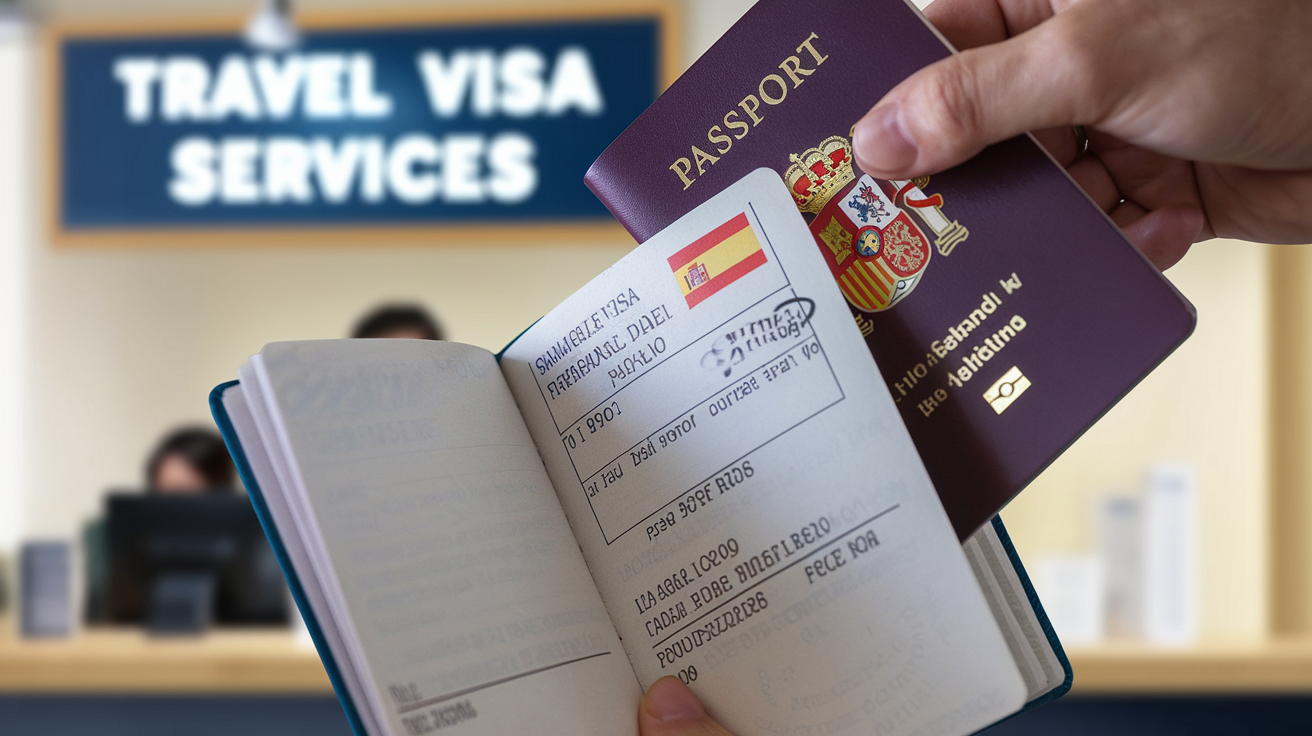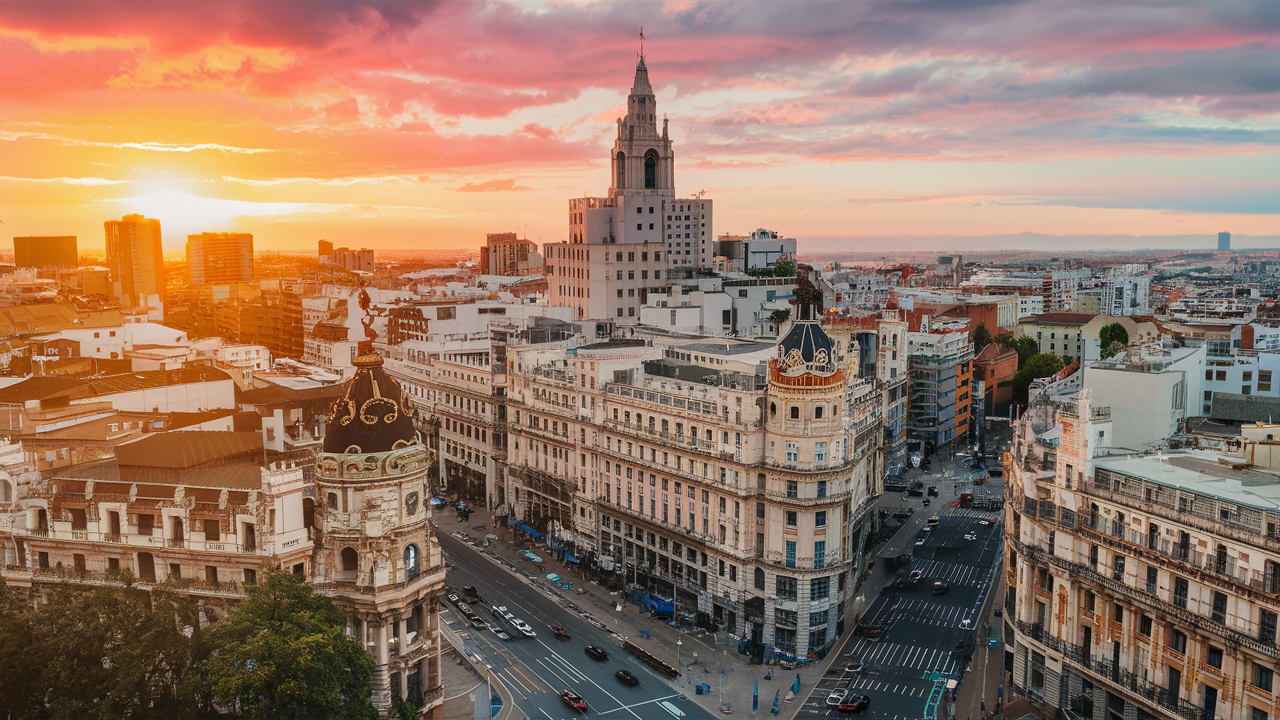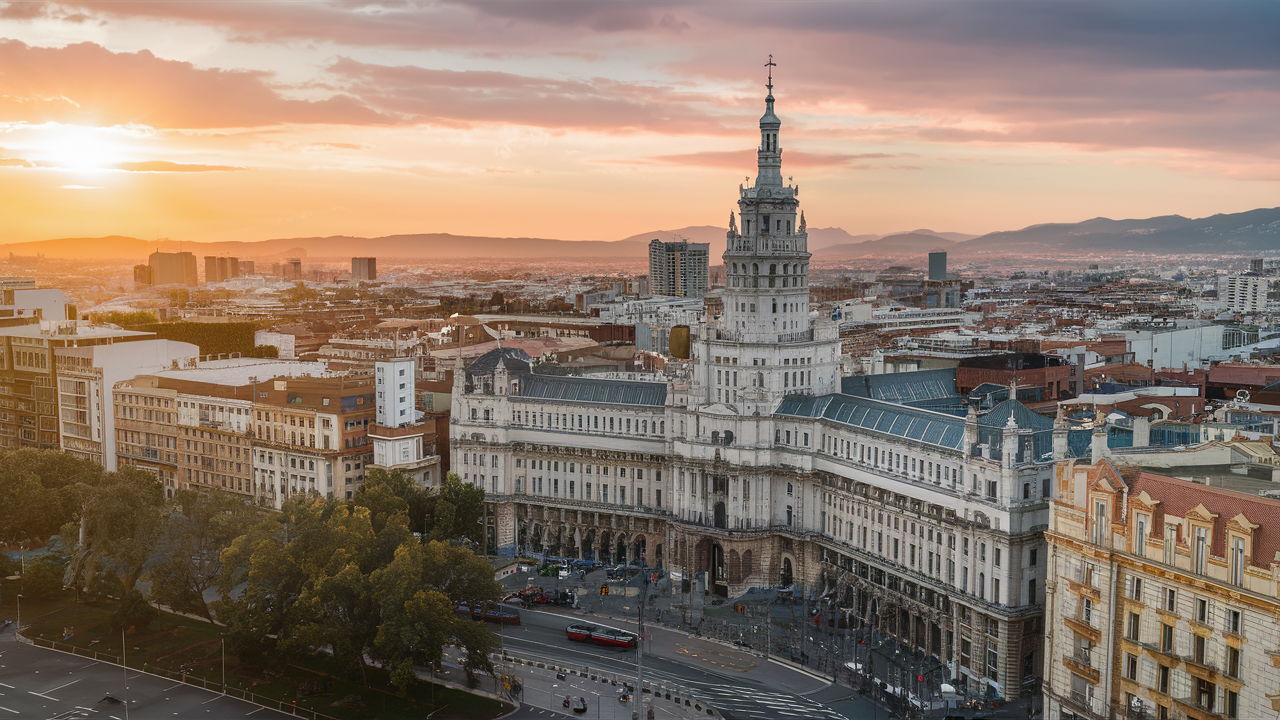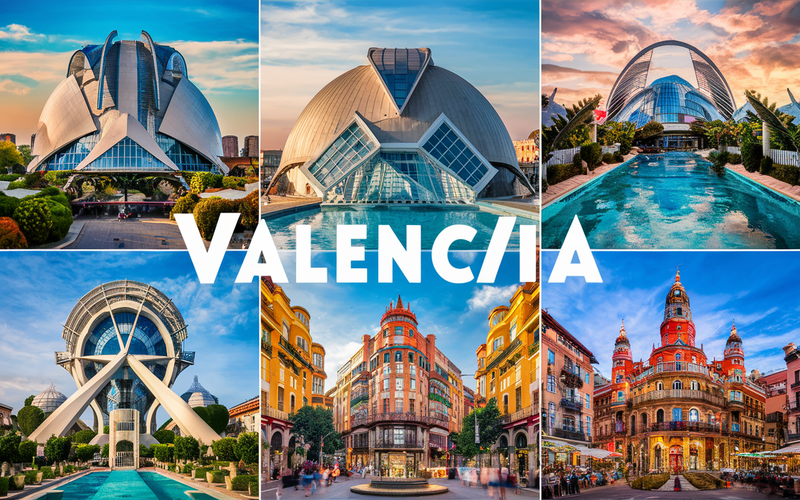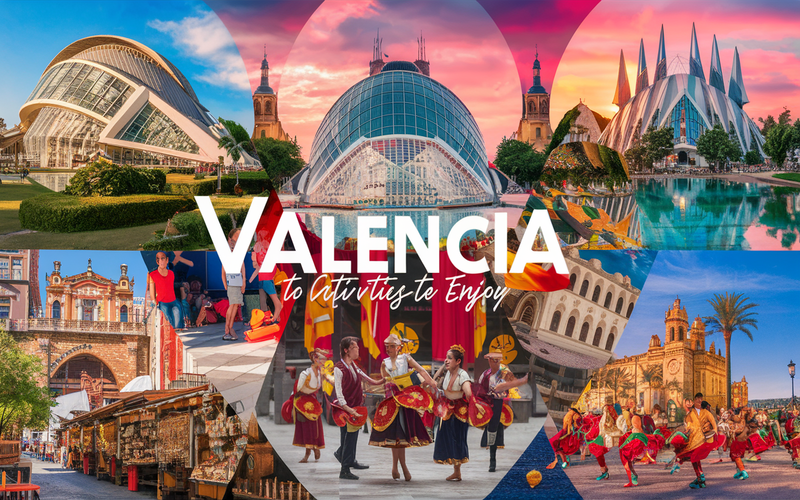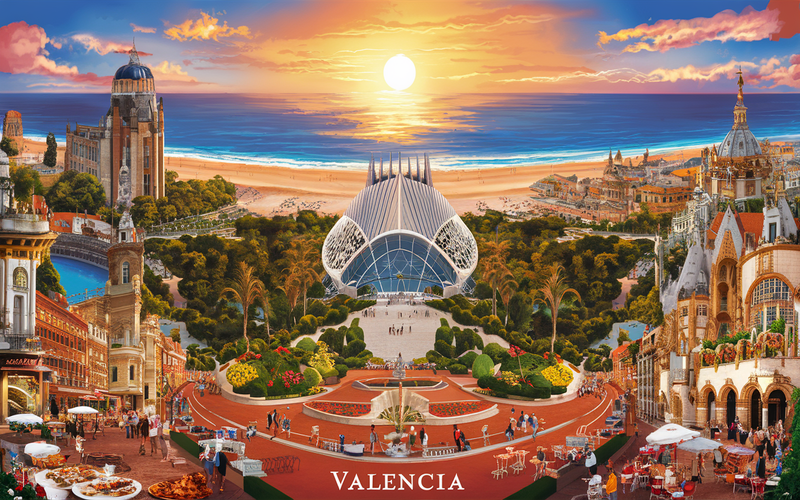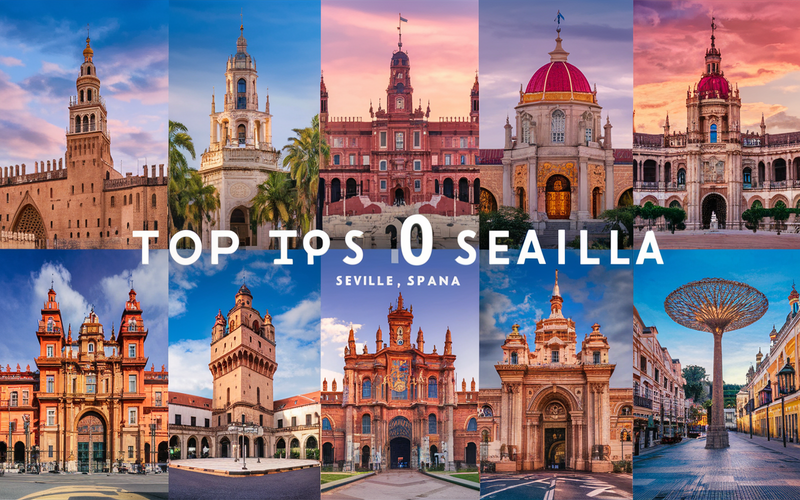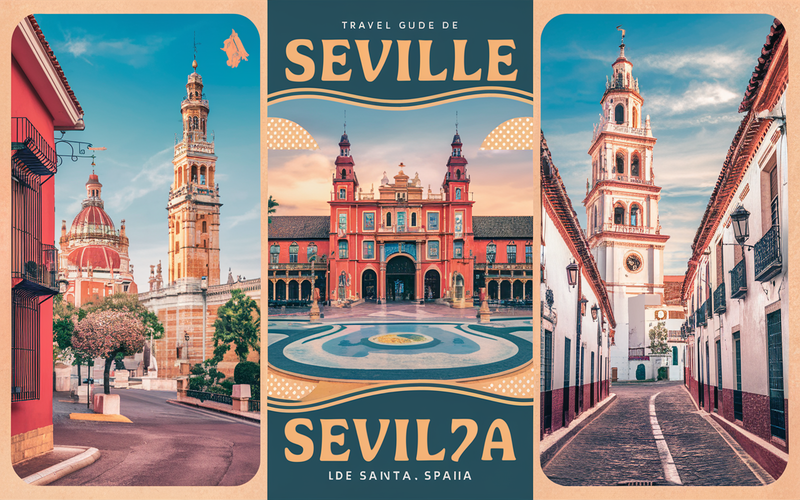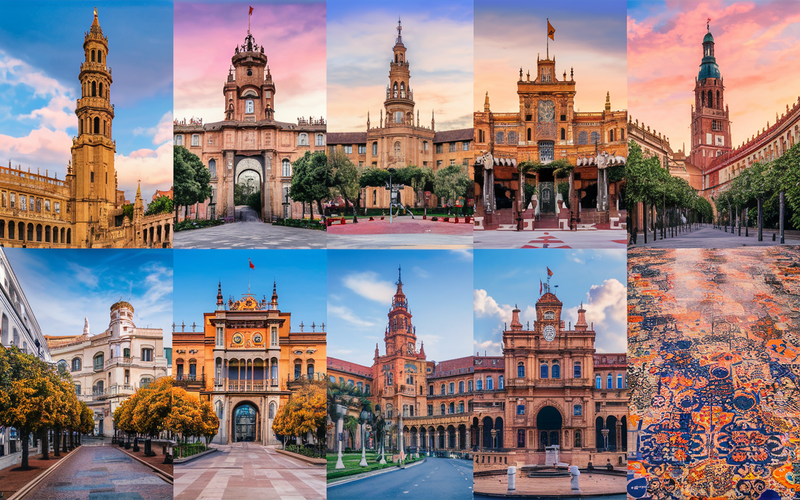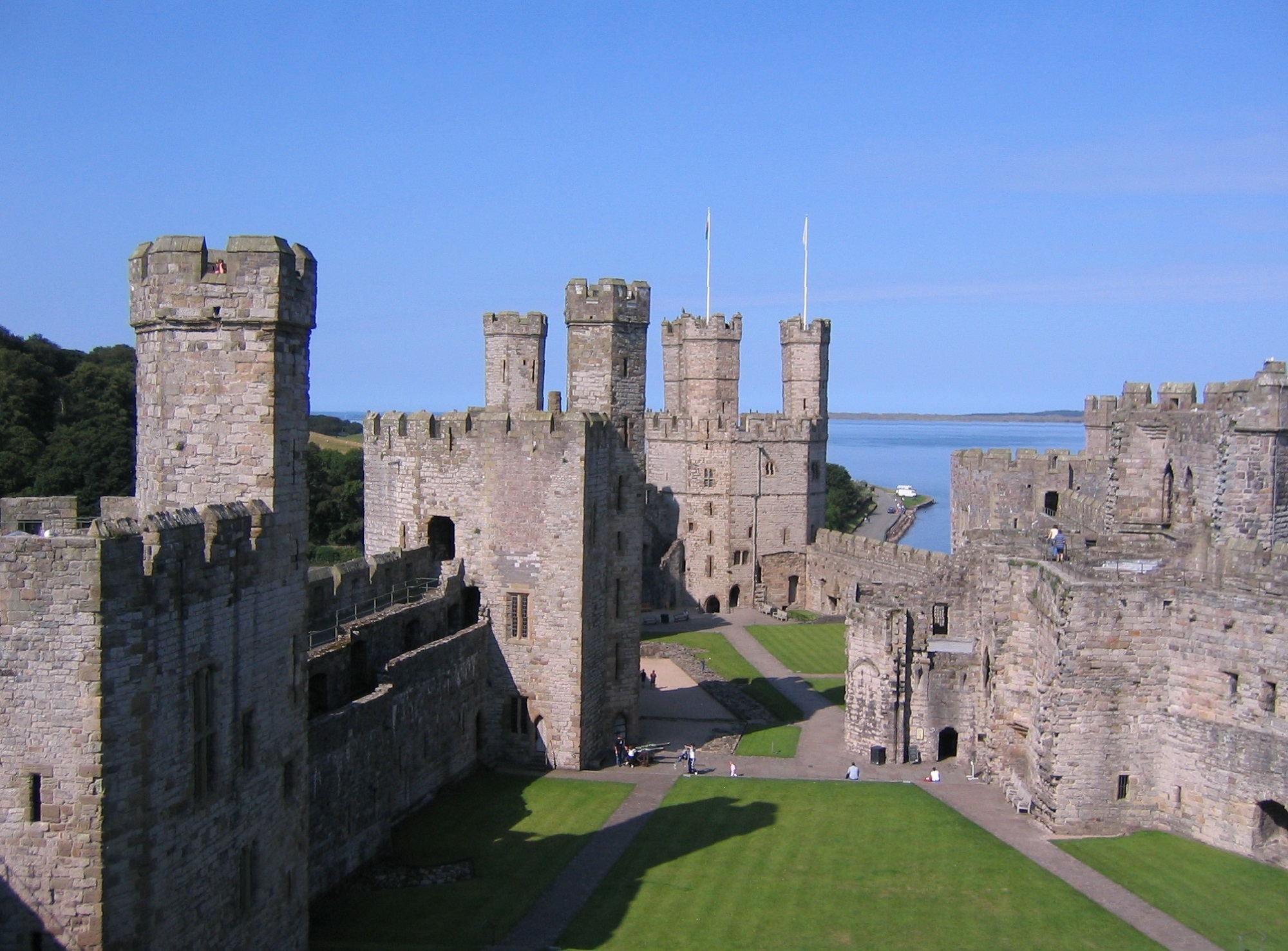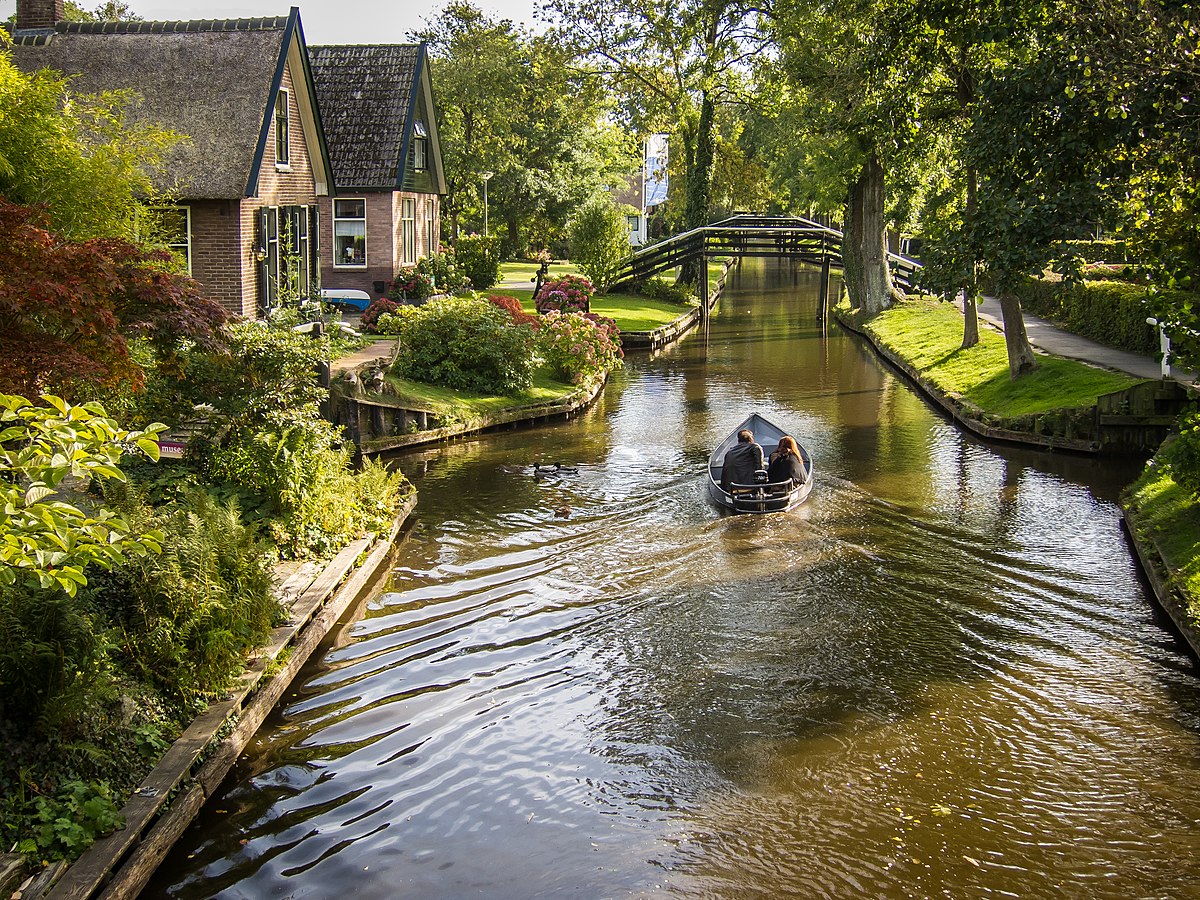Plan Your Travel To Spain
Spain Travel Essentials
Ideal Duration: 10 - 14 days
Currency: Euro (EUR)
Best Time: Spring and Fall are the Best Seasons to Visit Spain Read More
Budget: Expensive
"An explorer's paradise"
Spain Tourism
Spain is a dynamic country in Europe that provides a fascinating blend of culture, history, and breathtaking scenery. Barcelona is a center of culture, known for its famous Sagrada Familia and energetic street life. Discover the vibrant plazas of Madrid, the famous Alhambra in Granada, and the quaint alleys of Seville. The verdant woodlands of Galicia, the gorgeous Rioja wineries, and the golden beaches of the Costa del Sol are just a few examples of Spain's varied landscape. Indulge in Spanish food, such as tapas and paella, and experience flamenco dancing and music. Warm people, exciting festivals, and a rich history await visitors to Spain, which offers a singular fusion of contemporary and traditional.
Must Know Before You Travel to Spain
- Language: Spanish is the official language, but English is widely spoken in tourist areas.
- Currency: The Euro (EUR) is the official currency.
- Visa: Check visa requirements based on your nationality and the purpose of your visit.
- Weather: Spain has diverse climates, so pack accordingly.
- Local Cuisine: Savor tapas, paella, and regional specialties.
- Cultural Norms: Spaniards have a relaxed lifestyle, so be prepared for siestas and late-night dining.
- Safety: Spain is generally safe, but exercise standard precautions against pickpocketing and petty theft.
- Transportation: The country has an efficient network of trains, buses, and domestic flights.
- Tipping: A 10% to 15% tip is customary in restaurants.
- Time Zone: Spain is in the Central European Time (CET) zone.
- Siesta Tradition: The siesta is a traditional afternoon break in Spain. Many shops and businesses close between 2:00 PM and 5:00 PM. Plan your activities accordingly.
- Mealtimes: Spaniards have a different meal schedule than some other countries. Lunch is typically eaten between 1:30 PM and 3:30 PM, and dinner is often served after 8:00 PM.
- Public Transportation: Spain has an extensive and efficient public transportation system, including trains and buses. Metro systems are available in major cities. Taxis and ride-sharing services are also common.
- Healthcare: Spain has a good healthcare system. If you're from the EU or EFTA, bring your European Health Insurance Card (EHIC). Otherwise, consider travel insurance that covers medical expenses.
- Tipping: Tipping is customary, but it's not as high as in some other countries. Round up the bill or leave a small tip for good service in restaurants.
Tourist Places to Visit In Spain
Barcelona
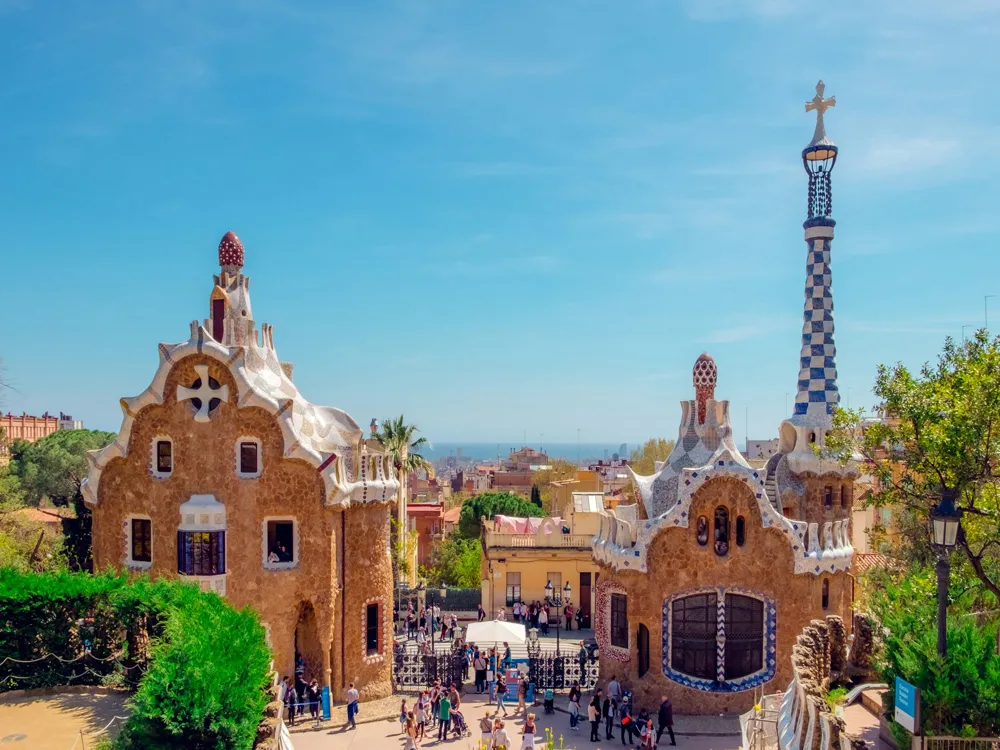
Madrid
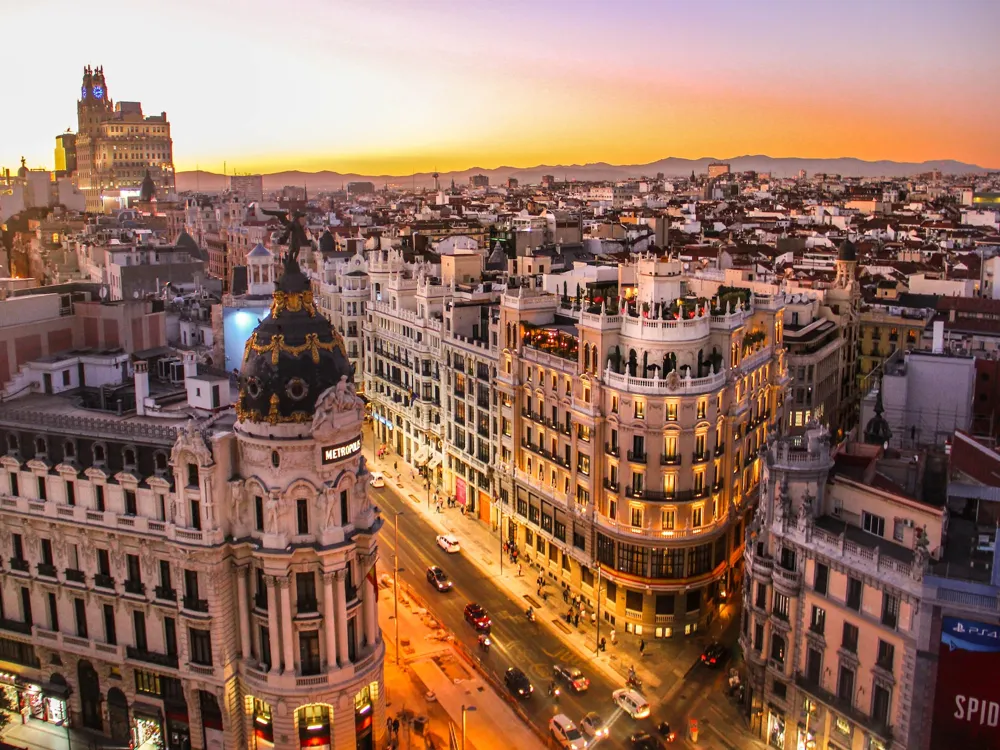
Ibiza
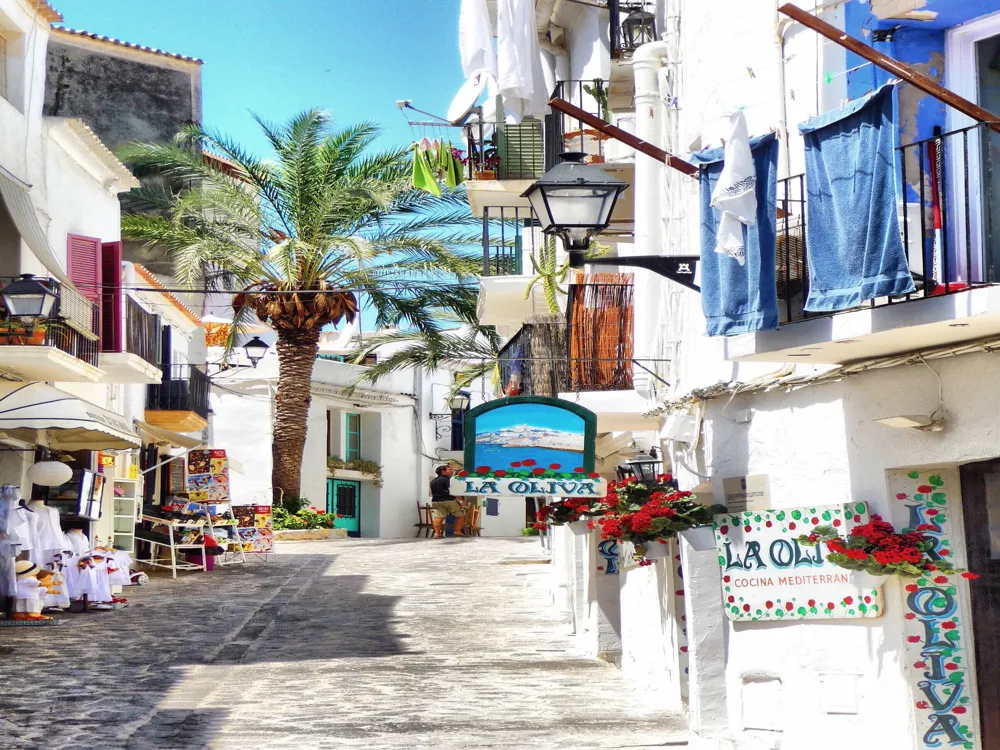
Seville
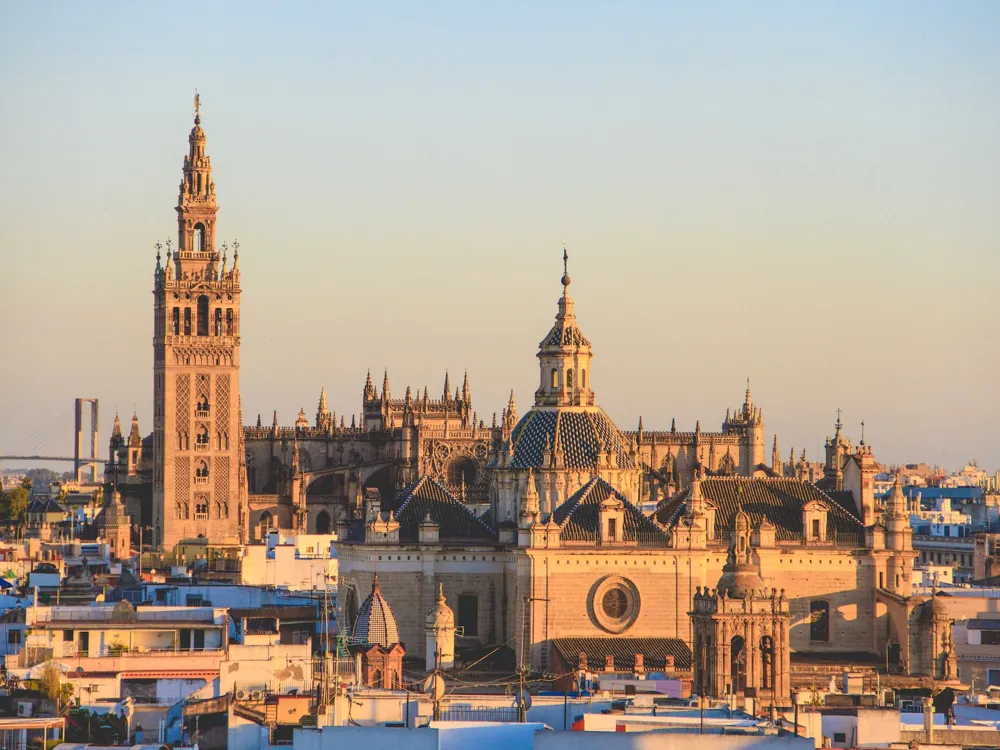
Canary Islands
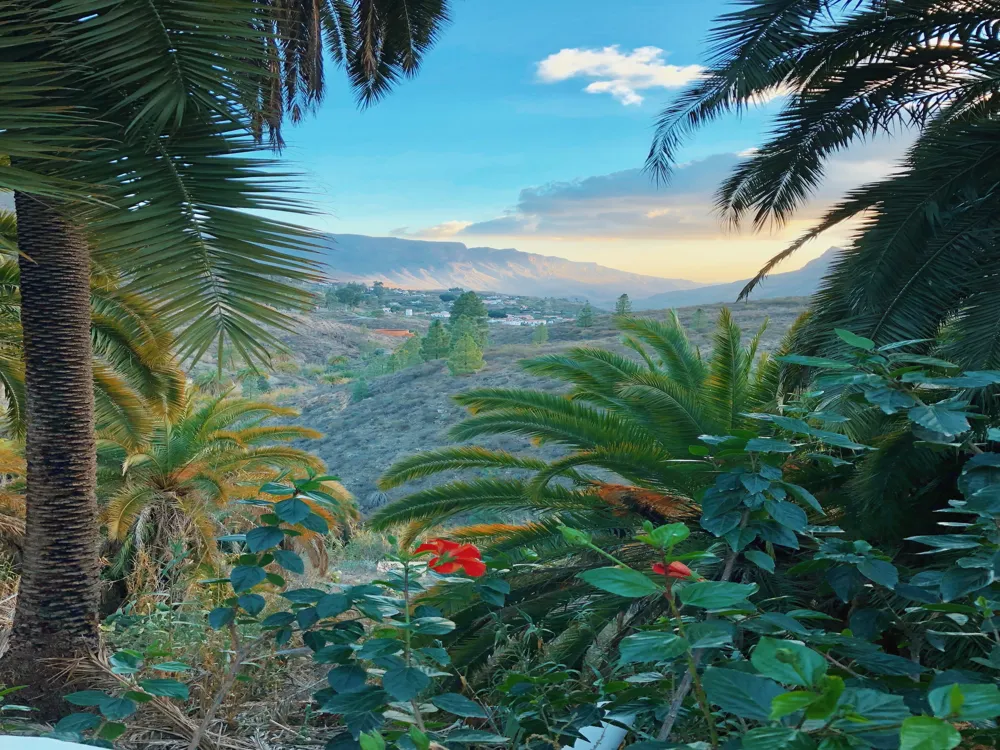
Tenerife
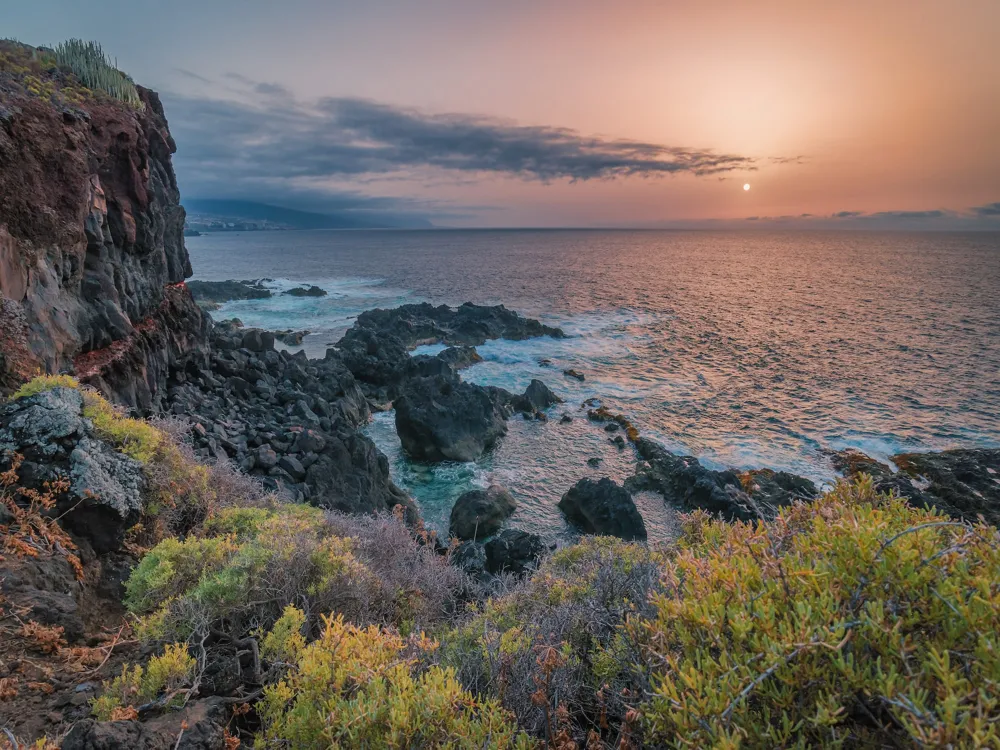
Spain Travel Packages
Compare quotes from upto 3 travel agents for free
View All Packages For Spain
More on Spain Travel
All collections about Spain
Best time to visit Spain
September to October and March to May is the best time to visit Spain. The country is located in Western Europe, and due to this, it has Mediterranean climatic conditions. Spain has hot, (Read More)dry summers and wet, cold winters. However, the temperature mostly varies from the north to the south of Spain. Northern Spain, also known as The Green Spain or Secret Spain, should be visited anytime during the spring or fall. Throughout these months, you can roam around the places and enjoy some of the magnificent local festivals with much lesser crowd around, a host of ideal accommodation options, and the most suitable weather conditions. During winters, Northern Spain is deserted and gloomy due to icy cold temperature and rains and the Sierra Nevada Mountains in South is the most visited place by the tourists. It is one of the most sought-after ski destinations and here, the temperature remains cool and comfortable for all. Summers are warm and humid in Spain, and the temperature often rises above 113 degrees F. Also, coastal areas like San Sebastian, Costa Blanca and Costa Brava are the most crowded with expensive accommodation options. There isn’t any monsoon season per se in Spain. However, late October and November are often the wettest months in the country. Spain celebrates a host of festivities throughout the year and anytime in the year is good to experience their local revelries in some part or the other. The weather conditions, though, depends upon the part of Spain you wish to visit. dry summers and wet, cold winters. However, the temperature mostly varies from the north to the south of Spain. Northern Spain, also known as The Green Spain or Secret Spain, should be visited anytime during the spring or fall. Throughout these months, you can roam around the places and enjoy some of the magnificent local festivals with much lesser crowd around, a host of ideal accommodation options, and the most suitable weather conditions. During winters, Northern Spain is deserted and gloomy due to icy cold temperature and rains and the Sierra Nevada Mountains in South is the most visited place by the tourists. It is one of the most sought-after ski destinations and here, the temperature remains cool and comfortable for all. Summers are warm and humid in Spain, and the temperature often rises above 113 degrees F. Also, coastal areas like San Sebastian, Costa Blanca and Costa Brava are the most crowded with expensive accommodation options. There isn’t any monsoon season per se in Spain. However, late October and November are often the wettest months in the country. Spain celebrates a host of festivities throughout the year and anytime in the year is good to experience their local revelries in some part or the other. The weather conditions, though, depends upon the part of Spain you wish to visit.
Top Stories about Spain Tourism
Read More on Spain Travel
Exchanging money in Spain:
When visiting Spain, exchanging money is straightforward. Euros (EUR) are the official currency, and you can exchange your currency at banks, exchange offices, or ATMs. Banks generally offer competitive rates, and ATMs are widely available. Avoid exchanging money at airports or hotels, as they often have less favorable rates. Credit and debit cards are widely accepted, making it convenient to pay for most expenses. It's wise to inform your bank of your travel plans to prevent card issues. Spain's cash-based society means having some euros on hand is useful, especially in smaller towns or for small purchases.
Nightlife in Spain:
Spain is renowned for its vibrant nightlife. From the lively streets of Barcelona to the flamenco bars of Seville, the options are endless. Spaniards often dine late, so restaurants are busy well into the evening. Afterward, head to bars and clubs that come alive around midnight, with some staying open until dawn. The coastal cities boast beach clubs and beachfront parties during the summer. Flamenco shows and live music performances are also popular. Whether you prefer a cozy tapas bar or a pulsating nightclub, Spain's nightlife scene has something for everyone.
Shopping in Spain:
Spain offers a diverse shopping experience, from traditional markets to high-end boutiques. Markets like La Boqueria in Barcelona and El Rastro in Madrid are perfect for unique souvenirs and local crafts. Spain is famous for its leather goods, so consider purchasing quality leather products. High streets are lined with international and Spanish fashion brands, and major cities have large shopping malls. In Spain, shopping hours can be unconventional, with afternoon siestas causing stores to close briefly. However, shops often stay open later in the evening. VAT refunds are available for non-European Union residents, so keep your receipts.
Festivals in Spain:
Spain is synonymous with lively festivals. The country hosts a plethora of vibrant and culturally rich celebrations throughout the year. The Running of the Bulls in Pamplona, La Tomatina in Buñol, and the carnival of Santa Cruz de Tenerife are world-famous events. Semana Santa (Holy Week) sees elaborate processions in many cities. In Andalusia, flamenco festivals showcase passionate music and dance. The Fallas of Valencia is a spectacular event where giant sculptures are set ablaze. No matter when you visit Spain, there's likely to be a colorful and exciting festival happening somewhere.
Hygiene in Spain:
Spain maintains high hygiene standards, making it a safe destination for travelers. Restaurants and eateries follow strict food safety regulations. Tap water is generally safe to drink, but many prefer bottled water for its taste. Public restrooms are common in cities and well-maintained. It's advisable to carry tissues or wet wipes, as some facilities may lack them. Mosquito repellent can be handy in certain regions during the summer. Spain also has an efficient healthcare system, so you can access medical assistance if needed. Overall, hygiene is not a significant concern for visitors to Spain.
Tips for visiting Spain:
- When visiting Spain, embrace the local culture by trying tapas, taking afternoon siestas, and adapting to the late dining schedule.
- Learning basic Spanish phrases can enhance your experience. Spain's diverse regions offer various experiences, from vibrant cities to serene beaches and historic towns.
- Be mindful of pickpockets in crowded tourist areas, and keep your belongings secure.
- Tipping is customary but not as generous as in some other countries; rounding up the bill is often sufficient.
- Check local customs, as some regions have unique traditions and festivals.
- Finally, always carry a photocopy of your passport and important documents while exploring.
Food of Spain:
Spanish cuisine is a delightful journey of flavors. Tapas, small dishes often served with drinks, offer a taste of diverse Spanish dishes. Paella, a saffron-infused rice dish, is a Valencian specialty. Jamón ibérico (Iberian ham) and chorizo are famous cured meats. Seafood lovers can relish fresh catches along the coasts. Gazpacho, a cold tomato soup, is perfect for hot summers. Spanish omelets (tortillas) and patatas bravas (fried potatoes) are beloved staples. Don't forget to savor churros with chocolate for breakfast or dessert. Pair your meals with local wines and sangria for a true Spanish culinary experience.
Photos of Spain
All Country Photos Spain
Popular Questions And Answers on Spain
What are the must-visit cities in Spain?
Some of the must-visit cities in Spain include Barcelona, Madrid, Seville, Valencia, Granada, and Toledo. Each offers its unique charm and attractions.
What's the best time to visit Spain?
The best time to visit Spain is during spring (April to June) and autumn (September to November) when the weather is pleasant and crowds are smaller.
Is it safe to travel in Spain?
Spain is generally safe for tourists. Exercise common safety precautions like avoiding pickpockets in crowded areas and staying alert in tourist hotspots.
What are some traditional Spanish dishes to try?
Don't miss paella, tapas, gazpacho, churros, and jamón ibérico. Each region also has its own specialties, so explore local cuisine.
Is it necessary to speak Spanish to travel in Spain?
While it helps to know some Spanish, you can get by with English in most tourist areas. Learning a few basic phrases will enhance your experience.
What are the top attractions in Barcelona?
Barcelona offers attractions like Sagrada Familia, Park Güell, Casa Batlló, and the Gothic Quarter. The city has a rich architectural and artistic heritage.
What's the best way to get around Spain?
Spain has an efficient transportation network. Trains, buses, and domestic flights are popular for traveling between cities. In cities, use public transport or walk.
Can I visit Spanish beaches in the winter?
Yes, you can visit Spanish beaches in the winter, especially in the Canary Islands and southern coastal regions where the weather remains mild.
What are the top festivals in Spain?
Some popular festivals include La Tomatina in Buñol, Running of the Bulls in Pamplona, and the Feria de Abril in Seville. These offer unique cultural experiences.
What's the etiquette for tipping in Spain?
Tipping in Spain is not obligatory, but it's appreciated. In restaurants, it's common to leave a 5-10% tip, while in bars, rounding up the bill is customary.

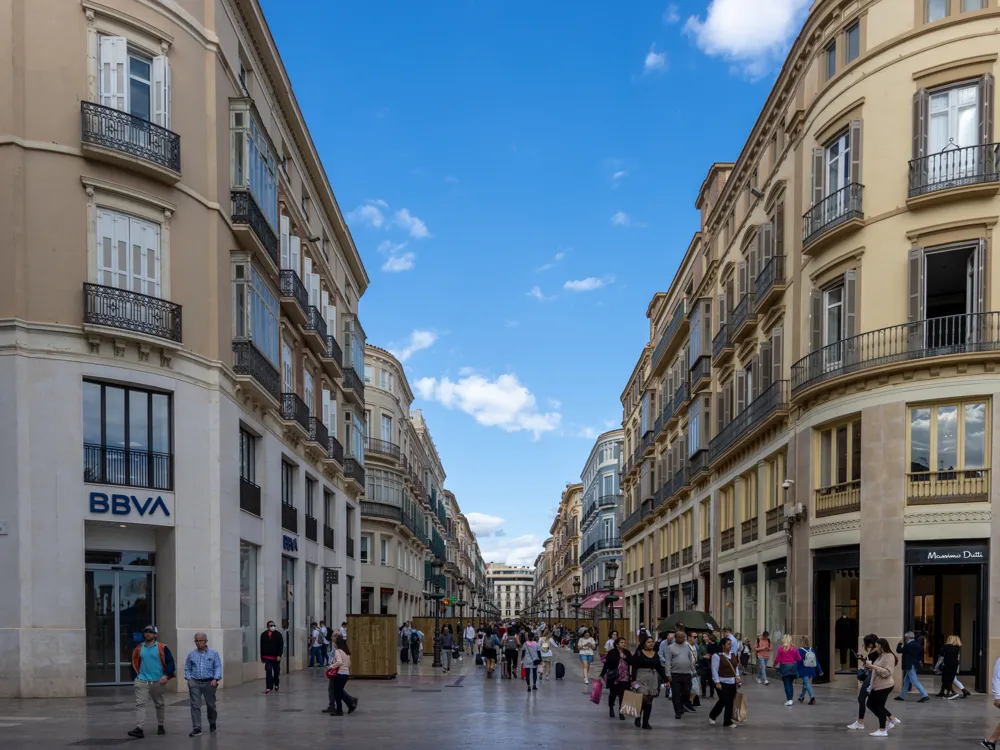
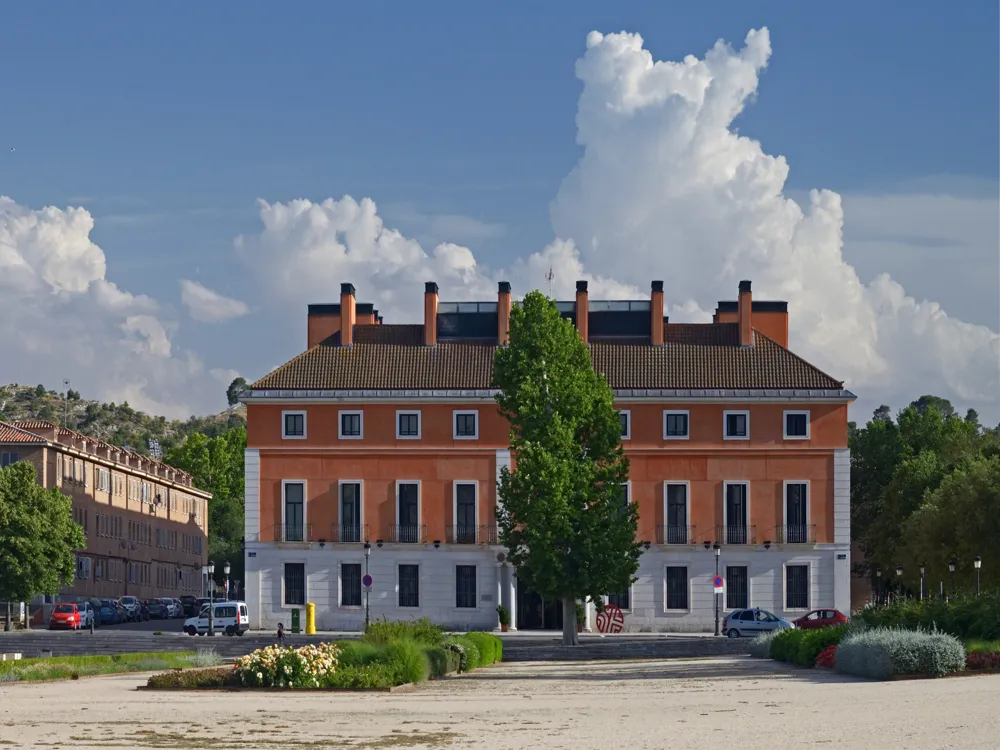
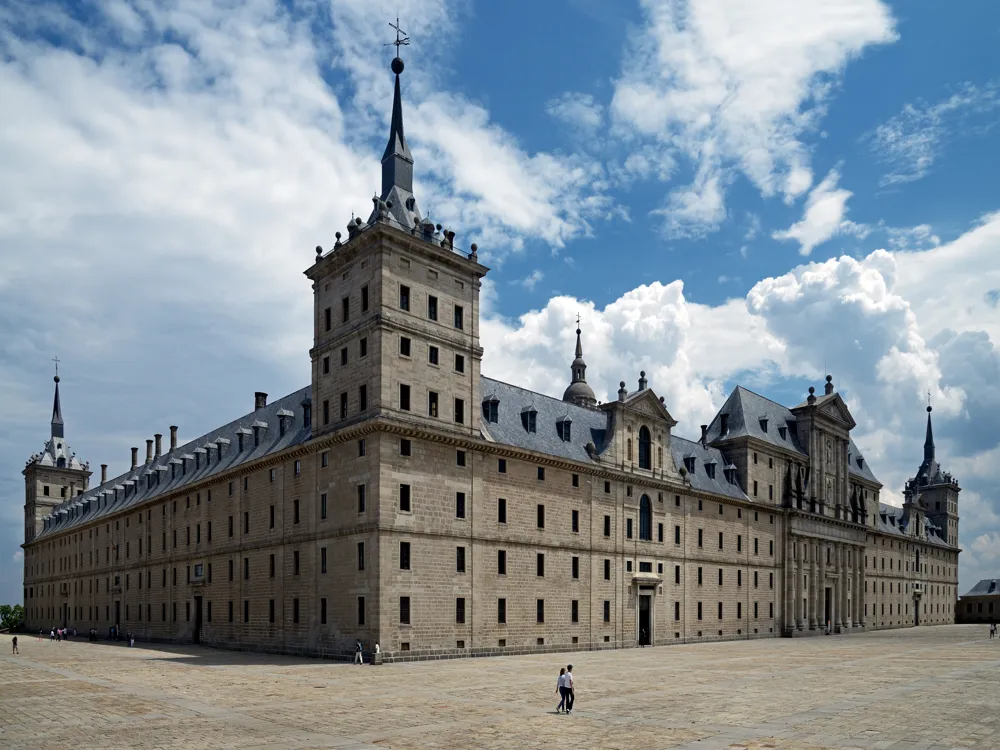
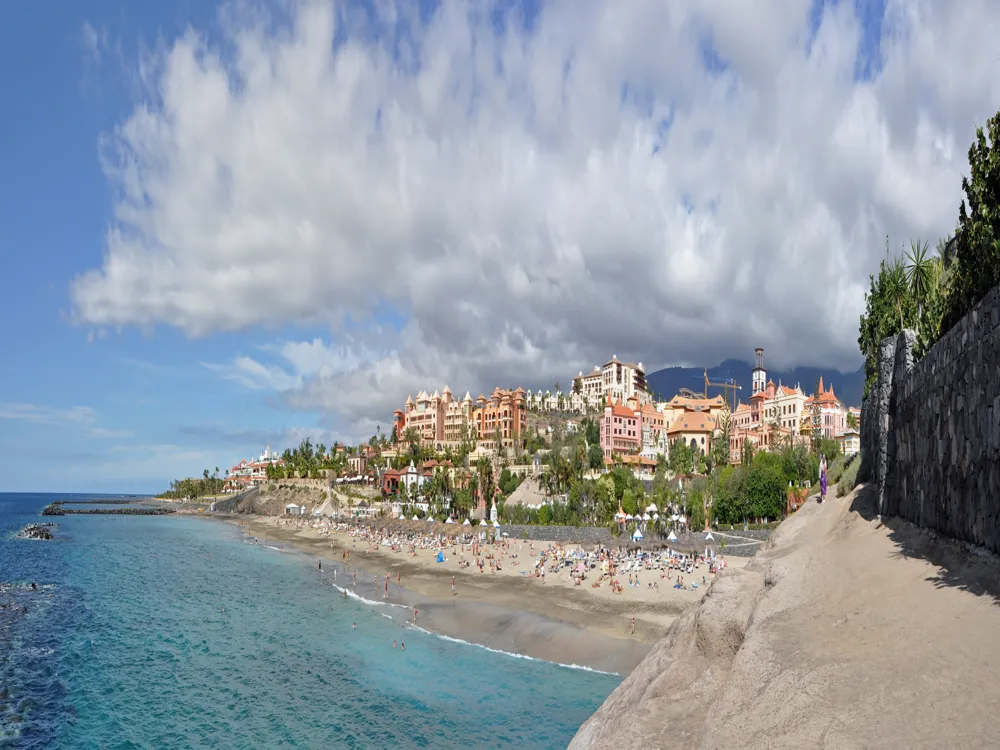
_-_Panorama_View_Down_on_Larger_entrance_building_1903_Smaller_entrance_building_&_Main_stairs_(Parc_Guell)_01jpg.webp)





